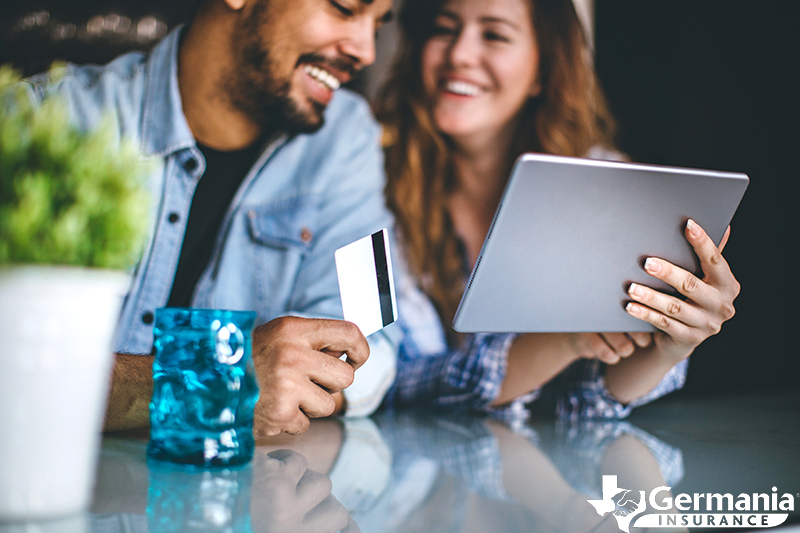How often do you find yourself making a purchase online? If you're like most Americans, it's probably a regular thing! Shopping online is quick, easy, and convenient - but not without its own set of risks. That's why it is essential to follow these 6 simple steps to prevent online credit card fraud!

1. Use a secure network
First and foremost, it's important to make sure that you trust the internet connection you're using. Whenever possible, you should do your best to only shop on your secure home network. Public Wi-Fi is a prime target for digital thieves and using your credit card while using on an open connection is dangerous. If you do need to use your credit card while on a network you don't trust, use a
Virtual Private Network (VPN) as an added layer of protection.
Public devices, like a library computer, should also be avoided when making purchases online. It's impossible to know if there is any malicious software running in the background.
2. Keep tabs on your bank account
Keeping an eye on all of your transactions is the best way to make sure you catch any suspicious activity early on. After you've made a purchase online, print the receipt or save it as a PDF for your records. It never hurts to have a record of your transactions!
There are a number of financial planning apps that can help you track your spending, but most banks and credit cards have their own. If you're trying to stay on top of your finances, apps like
Mint can help you
keep tabs on your spending so you can spot fraudulent activity early.
3. Only shop on secure, trusted sites
Even if you trust your internet connection, it's also important to trust the website you're considering making a purchase on. There are several things you can check to make sure the online store is legitimate.
Check for HTTPS - If the website you're on has "
HTTPS" at the beginning of the URL, this means the you and the site are protected from eavesdropping and tampering. While nothing in cybersecurity is 100% safe, it's a good indicator of high security.
Verify the URL - While you're looking for the HTTPS at the start of the URL, go ahead and make sure the domain is actually the site you intended to visit. Depending on how you navigated to the website, it is possible for you to be directed to a fake site.
It isn't uncommon for cybercriminals to send out fake promotional emails posing as popular online stores. They can also make a fake website designed to look and feel identical to the actual site, so when you follow the link from the email, you can't tell the difference - unless you think to check the URL.
In other words, if you are about to make a purchase on Best Buy's website, make sure the URL reads "Bestbuy.com" and not "Betbuy.com" or "BesstBuy.com" - they can be tricky!
Check for security seals - Most secure online stores have some sort of
seal presented on their page that indicates their adherence to security standards. There are a number of different organizations that set these standards, such as
McAfee, The Better Business Bureau, VeriSign, and
TRUSTe. While these aren't a 100% guarantee that a site is safe, it's a pretty good bet.
4. Make sure your computer is free from malware and viruses
Before making a purchase online, or logging on to any account for that matter, it's important to make sure your computer is free from viruses and malware. Malicious programs like
keyloggers and activity monitors can run in the background and record your credit card information.
Fortunately,
antivirus software is pretty effective these days. Many of them offer subscriptions and constantly update themselves to protect against new threats. By installing antivirus software and keeping it up-to-date, you can mitigate most, if not all, of these threats.
5. Use services like Google Pay and Paypal
Many websites allow you to use
services like Google Pay and Paypal to check out. If possible, using these options is a much more secure way to pay. This is because they encrypt your credit card information and never actually share it during a transaction, which creates an extra layer of protection between you and the vendor.
6. Use credit, not debit
Many finance experts recommend that you only use credit cards for online purchases and avoid using debit cards. In general, credit cards have better liability protection when dealing with fraud. If an account needs to be frozen due to suspicious activity, having your debit card and the associated bank account temporarily disabled could be problematic for your daily spending needs.
As an additional precaution, some people open a designated credit card as their sole method of payment for online shopping. By doing this, they ensure that none of their primary accounts and cards are affected in the event of fraud.